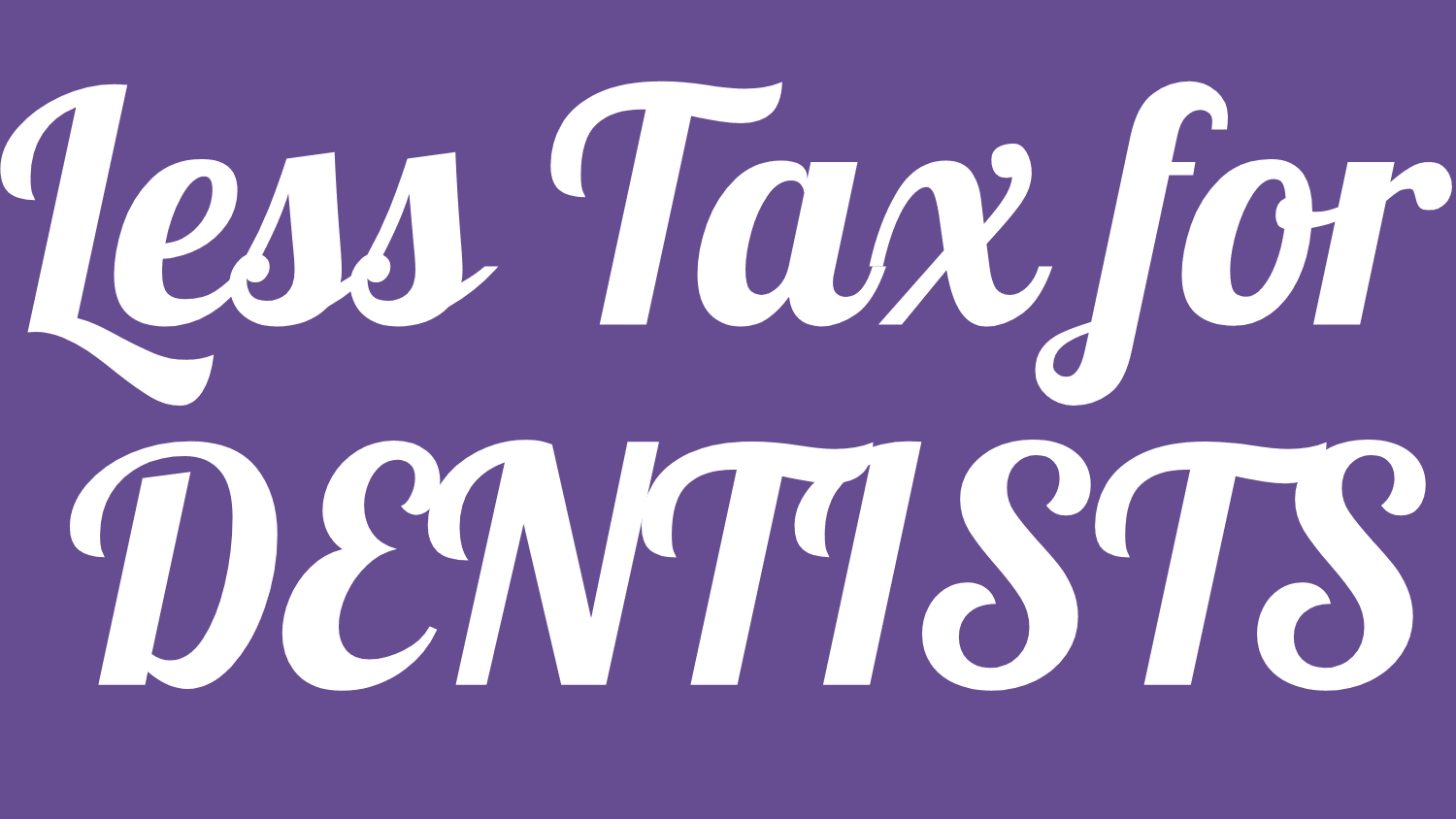Track Key Dental Practice KPIs in Profit and Loss Statements
Why Dental Practice Owners Should Care About KPIs
If you own or manage a dental practice, you probably spend most of your time focused on patients. But what about the financial side? Are you keeping an eye on the numbers that really matter?
That’s where KPIs (Key Performance Indicators) come in. More specifically, tracking KPIs in your Profit and Loss (P&L) statement can help you run a healthier, more profitable practice. Think of KPIs as your business’s vital signs—you don’t want to ignore them!
What Is a Profit and Loss Statement?
Before we dive into dental KPIs, let’s make sure we understand the basics.
A Profit and Loss (P&L) statement, also known as an income statement, shows your revenue, expenses, and profit over a certain period of time—monthly, quarterly, or yearly. It’s like a report card for your practice’s financial health.
So where do KPIs fit into all this? Great question.
Dental KPIs You Should Be Tracking
Your P&L statement is more than just numbers on a page. It holds valuable insights. Here are the key dental KPIs to track regularly:
- Production per Provider: How much is each dentist or hygienist generating? This helps compare team performance and set fair goals.
- Collections Ratio: Are you actually collecting what you produce? Your collections ratio tells you how effective your billing and insurance processes are.
- Overhead Percentage: This tells you what portion of your revenue goes to expenses. For most practices, it should be under 65%.
- Net Profit Margin: This is what you take home after all expenses. A healthy practice aims for a 30% or higher net profit margin.
- New Patient Acquisition: How many new patients are coming in each month? This affects both short-term revenue and long-term growth.
- Case Acceptance Rate: Are patients saying yes to treatment plans? Low rates could mean a communication issue.
How to Read Your P&L Like a Pro
Looking at rows of numbers can feel overwhelming. Here’s a simple way to approach it:
1. Start with top-line revenue — how much total money came in.
2. Move down to expenses like payroll, rent, supplies, and lab fees.
3. Compare your net profit to your goals from previous months.
Now, look side-by-side at those KPIs. Is your collections rate improving? Is your overhead creeping up? These little clues give you the full picture of your practice’s financial performance.
Put Your KPIs into Action
It’s not enough to just track these KPIs — you need to act on them. Ask yourself:
- Do I need to adjust fees or reduce costs?
- Is it time to hire another hygienist based on production levels?
- Can front desk staff improve collections with better follow-up?
Small tweaks can make a big impact. In fact, when Dr. Lisa, a family dentist in Ohio, started reviewing her P&L monthly and watching her KPIs, she noticed her supplies cost had silently spiked. A quick switch in vendors saved her over $900 a month!
Final Thoughts: Numbers Can Work for You
At first, tracking KPIs in your profit and loss statement might seem like a job for accountants. But once you get the hang of it, these numbers become your best business allies.
They show you what’s working, what’s not, and where your money is going. And just like brushing and flossing, staying on top of your dental KPIs can prevent a lot of future problems.
So grab that P&L report, sit down with a cup of coffee, and start exploring. Your practice’s future may depend on it.




